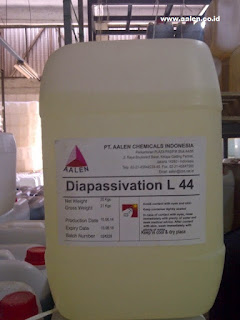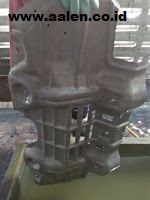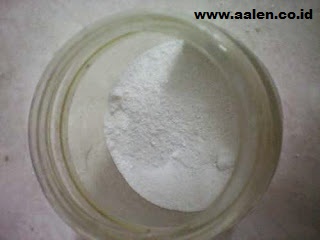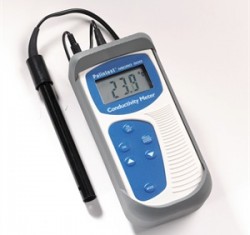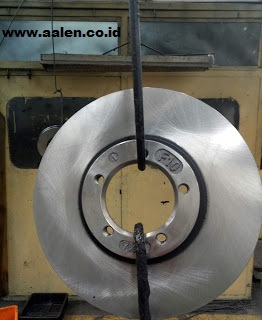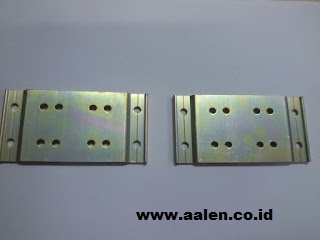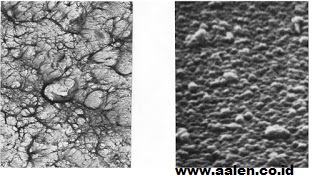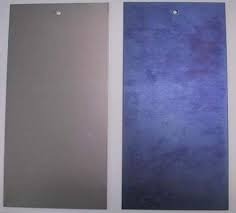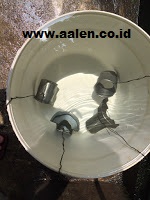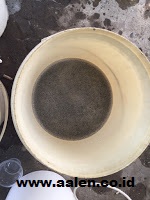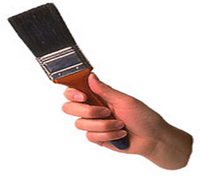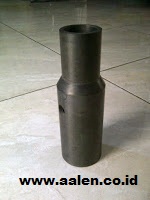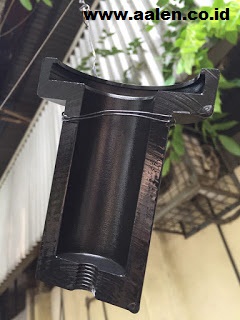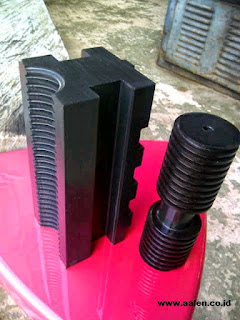After
treatment with phosphating, pickling (deruster/ rust remover), ussually use Passivating. Passivation is the treatment of the surface of
stainless steels, often with acid solutions (or pastes), to remove contaminants
and promote the formation of the passive film on a freshly created surface (eg
through grinding, machining or mechanical damage). Passivating can be used for neutralizing surface.
Our
Passivation are :
a. Powder : Dia Passivation RP, packaging : 25
Kg/Zak
b. Liquid : Dialene 3 (Chrome based, Packaging
20 Kg/Can), Dia Passivation L-44 (water based)
a. Liquid (Dia
Passivation L-44)
Passivation of steel and cast iron for
subsequent storage in closed warehouses.
Application in:
- Water for leak testing
hollow parts, e.g. radiators, fuel tanks, intake manifolds, cooling
system, etc
- Cooling water for induction hardening
Operating processes: Application
in immersion and spray systems, especially in the last stage of multiple
zone systems.
Passivation RP, Packaging : 25 Kg/Bag
b. Powder (Dia Passivation RP)
Fields of application: Passivating of steel and cast iron for subsequent
storage in closed warehouses.
Operating processes: Application in
immersion and spray systems, especially in the last stage of multiple zone
systems.
Application
concentrations: 10 - 20 g/l on steel
20 - 30 g/l on
cast iron
Application
temperatures : 20 to 80 °C
Foaming characteristics: Applicable in the given concentration and
temperature ranges without interfering foam.
Control of passivating with ph paper or ph meter, for the best result:
Result of treatment after use Passivating:
Untuk info lebih lanjut hubungi kami :
PT. Aalen Chemicals Indonesia
Jl Pulobuaran III Blok G3,
Kawasan JIEP Pulogadung
Tlp : 021-46830522
Website : www.aalen.co.id
Email : aalen.chemicals@gmail.com, aalen@cbn.net.id
Website : www.aalen.co.id
Email : aalen.chemicals@gmail.com, aalen@cbn.net.id
